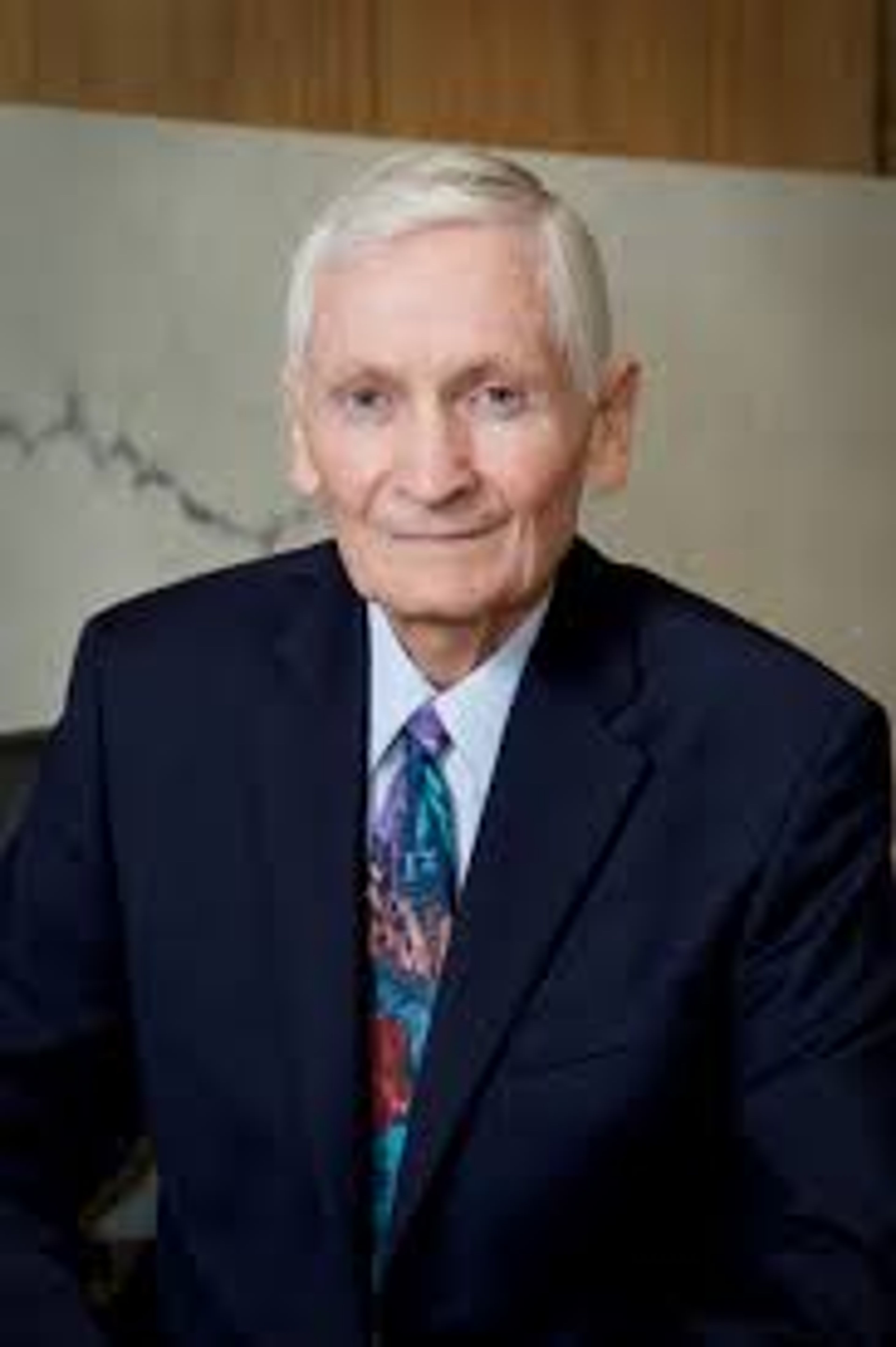In 2014 Great Britain’s Royal Society and the U.S. National Academy of Sciences jointly published “Climate Change: Evidence and Causes.” Summarizing then-current scientific underpinnings and answering common questions, it stated:
“Climate change is one of the defining issues of our time. It is now more certain than ever … that humans are changing Earth’s climate. The atmosphere and oceans have warmed, accompanied by sea-level rise, a strong decline in Arctic sea ice, and other climate related changes.”
Last year the Daily News published a three-part “His View” series about climate change titled “No one is a climate change denier.” It attacks reputable science as “propaganda that supports the Democratic Socialists’ mission; a mission that is bent on destroying the freedoms enjoyed by a capitalist nation.” It thus conflates science, economics and politics. Letters to the editor have questioned the “science” cited in that series.
The writer admits climate change is real but denies it is human-caused. Climate variations have existed for millennia without clear evidence of man’s influence, but two centuries ago evidence began to accumulate. Anthropogenic causality was established beyond doubt.
In 1824 Joseph Fourier, French mathematician and physicist, postulated Earth’s atmosphere prevented heat from escaping. In 1837 he wrote, “The establishment and progress of human society, and the action of natural powers, may … produce remarkable changes in the state of the surface, the distribution of the waters, and the great movements of the air” over extensive regions. “Such effects, in the course of some centuries, must produce variations in the mean temperature for such places.”
But it was a woman, Eunice Foote, who nailed it. In 1856 she wrote “an atmosphere” of carbon dioxide “would give to our earth a high temperature.” Her research was reported at the American Association for the Advancement of Science by a male colleague; AAAS didn’t allow women to present. Her work resurfaced only in the last decade.
Irish scientist John Tyndall postulated in 1859 that atmospheric composition could either hold or lose significant amounts of heat. His experiments, reported in 1861, demonstrated that water vapor and carbon dioxide were “remarkably powerful at trapping heat: Indeed, CO2 could trap 1,000 times as much as dry air.”
The first model of climate change, in effect, was created in 1896 by Swedish physicist Svante Arrhenius. Working with data from colleagues, he performed — by hand — “calculations estimated to have been between 10,000 and 100,000.” When finished, he predicted, “if you doubled the amount of CO2 in the atmosphere, it would raise the world’s temperature by 5 to 6 degrees Celsius.”
Modern supercomputers, crunching infinitely more information and variables, have demonstrated that Arrhenus’s hand-cranked model came remarkably close. Science underlying climate change predictions has stood up.
According to the “His View” series, “climate scientists … rely on mathematical models to predict the future, but those same models cannot correctly explain even the recent past.” A Daily News letter stated “none of the 100-plus computerized prediction models have accurately predicted future temperatures, increasing ocean levels, Arctic and Antarctic ice melting, impacts on flora, fauna, and humans.”
Really? I’d be interested to learn the source(s) of these misconceptions. I gladly share sources with anyone asking. For example, for a comprehensive explanation of climate modeling, go to: https://www.carbonbrief.org/qa-how-do-climate-models-work.
Last month “the first systematic review of climate models, some from the 1970s” found that “climate models published over the past five decades were generally quite accurate in predicting global warming.” Authors reported this “increases our confidence that models are accurately projecting global warming.” Of the 17 forecasts evaluated, “ten were essentially spot on.” In assessing relationships between greenhouse gas concentrations and temperature, 14 were “consistent with observations,” and “statistically indistinguishable from what actually occurred.”
As input information improves and computational power increases, most models have been, or will be, superseded by more sophisticated models. Our understanding always increases. Newer models, built on “shoulders of giants,” reinforce predictions of imminent dangers to Earth. And to ourselves.
Pete Haug’s eclectic interests and several careers drew him across the U.S. and into China with Jolie, his wife and sometime draconian editor. They retired south of Colfax. He’ll happily supply supporting documentation for any statements if you ask him at petes.pen9@gmail.com.








